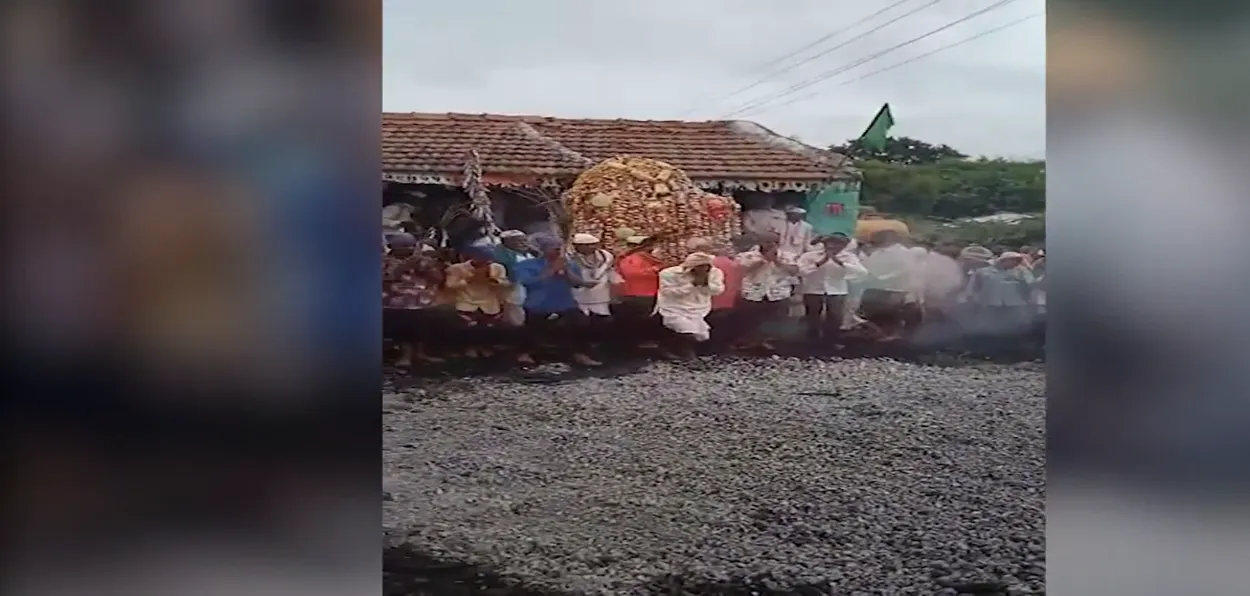
Mohammad Akram / Bengaluru
In yet another example of religious harmony and syncretic culture as a way of life in India, a village in Karnataka where not a single Muslim lives, is decked up for the ongoing month of Muharram, a month of mourning in commemoration of the martyrdom of Prophet Mohammad’s grandsons Imam Husain and Imam Hasan.
The villagers of Hirebidanur in Saundatti taluk, located about 51 km from the district headquarters of Belagavi, have been observing the rituals associated with the month of Muharram for over a century.
The recently renovated mosque that locals have named as Mosque of ‘Fakireshwar Swami‘ is the only visible sign of Islam in this village and yet come the month of Muharram, the village streets are lit up with illumination strands.
According to the Hindu priest Yallappa Naikar, who looks after the mosque and conducts prayers there, long back it was two Muslim brothers who built the mosque. They also built another one near the village of Gutanatti.
After the brothers died and there was no Muslim around, the locals –mostly Hindu caste people - continued to pray and observe Muharram every year.
The villagers perform the dance of Karbala and decorate the village with rope art. They also walk over the fire and take Taziya, a symbol of martyrdom, through the streets of the village for the last five days of the month.
As always, this year the villagers have invited a moulvi from nearby a nearby mosque for seven days to conduct prayers and rituals in the mosque. The Moulvi is hosted by the villagers and he is also provided accommodation and all his needs are taken care of by them.
Barring this period, it is the Hindu priest Yallap Naikar who takes care of the mosque and villagers come and pray here every day.
Hirebidanur is home to about 3,000 people mostly from the Kuruba and Valmiki communities.
These days of the month of Muharram, the second holiest month of the Islamic calendar after Ramazan, Heribidanur streets are lit up with arts such as the Karbal dance, rope art as well as the ritual of walking on fire.
Last year legislator Mahantesh Koujalagi sanctioned Rs 8 lakhs for renovating the mosque building.
ALSO READ: Manipur imbroglio: Kuki-Meitei divide must be bridged at the earliest
Locals say the tradition of organizing Muharram-related rituals of mourning for prophet Muhammad’s grandson is a century-old.
